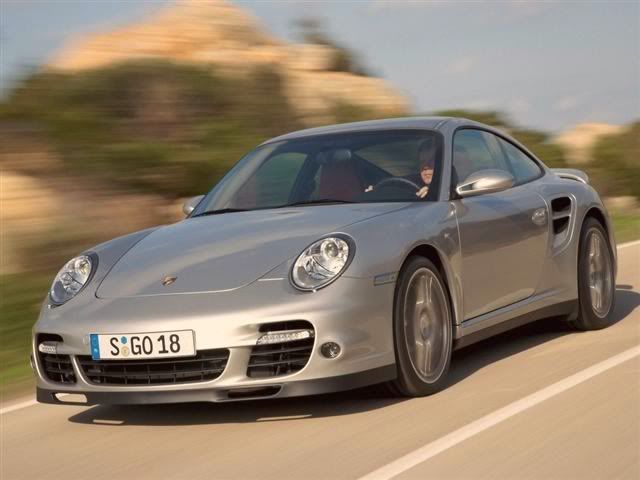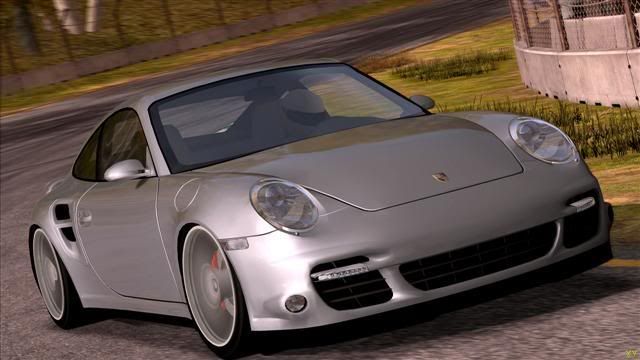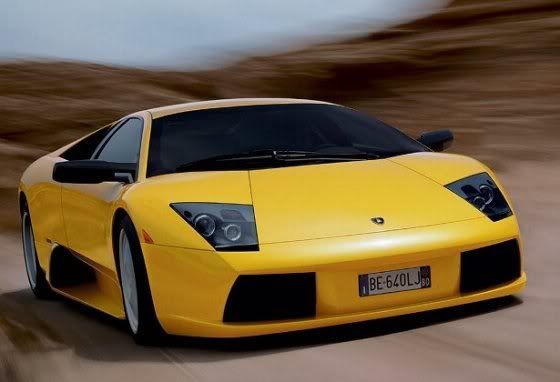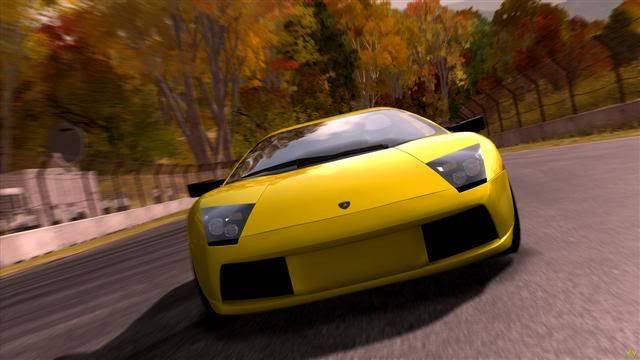Forza Standard Definition.
Did Forza really look that bad? wow, my memory must suck. I don't remember it looking THAT bad...
Follow along with the video below to see how to install our site as a web app on your home screen.
Note: This feature may not be available in some browsers.
Forza Standard Definition.
Did Forza really look that bad? wow, my memory must suck. I don't remember it looking THAT bad...
about 40k. PGR3 used 80-90k including inside bits
btw, can anyone confirm if FM2 will use Global Illumination???
Booh! Motion blur adds a ton to the visuals and sense of speed. 60fps isn't enough for my taste.
....
I am shocked they are talking about removing motion blur... how many of the PR features are they going to cut
Aren't PGR and Forza like very different games? Forza is definitely a simulator. PGR never struck me as being in that category, at least that's not the impression I've gotten. I've never played the series.
If that's the case, who really cares if PGR looks "better" (which I really doubt). I'm interested in sims, not arcade mechanics. Ridge Racer 6 looks good, but the gameplay is so mundane that I laughed at the demo.
Hum, didn't you just say a few pages back that you could live with the framerate and the smoothness that PGR3 offered?
All I know is, at 60 fps, motion blur is not needed and wouldn't enhance the smoothness much (if at all)

but could potentially make it seem even less realistic depending on how the motion blur is implemented.
I think after playing hours of other games that are locked at 60 fps (WipEout Fusion, Gran Turismo, etc) that didn't feature any motion blur, it's really not that big of a deal.
In a game like Forza though, do we really need the fancy motion blur? Not at all, IMO.
Just want to point out that that kind of blur which is shown in those example images can't be achieved by current 'classic' post processing blur implementations, as these techniques can only blur within an object silhouette, so a ball will have its interiors blurred, it will not 'draw' any trail.. [/nitpicking mode off]
Marco
I was waiting to get nailed! I figured Faf would get me first. In my defense I am not an artist and I was just using a blur filter in Fireworks (again, I ain't no artists lol). Velocity maps (or accumulation buffers or whatever you guys are using these days) have some limits, just like normal maps and parallax maps do with faking geometry, but I don't see why with a good implimentation they shouldn't be used :smile:
In my defense PGR3 has some nice motion blur and artistically is well applied.
nAo from what i understand you are reffering to per-screen motion blur which is a pp effect.Just want to point out that that kind of blur which is shown in those example images can't be achieved by current 'classic' post processing blur implementations, as these techniques can only blur within an object silhouette, so a ball will have its interiors blurred, it will not 'draw' any trail.. [/nitpicking mode off]
Marco
No, nAo is just talking about the difficulty of getting realistic post-processed motion blur in realtime. Offline you can do some fancy algorithms without actually rendering the scene 10 times, but it's tough to do it here.nAo from what i understand you are reffering to per-screen motion blur which is a pp effect.
What about per-pixel vector motion blur ? I ask because i had heard some 360 developers to call it "real motion blur".
No, nAo is just talking about the difficulty of getting realistic post-processed motion blur in realtime. Offline you can do some fancy algorithms without actually rendering the scene 10 times, but it's tough to do it here.




There is IMO, nothing wrong with the models, or how detailed they are.
The problem lies in the colors.
Joshua Luna said:Now this is an extreme example, but there are similar conditions you will see in a racing game. A fast turn will see the gamers field of view change very quickly, and a spin out could see > 10 degrees (over 150pixels) of change in the centerpoint on a 720p display (about 4 frames from center to off screen). And most commonly are objects on the perephrial portion of your field of view. While driving down a straight away at 200MPH objects in the center of the display and at a great distance away have very little relative movement on the screen. But objects on the far right and left of the display are moving EXTREMELY fast as they pass by. And object 25% from the far left or right in Frame1 may not even be on Frame2 due to the speed of the car.
Joshua Luna said:I obviously won't argue with your eyes! But they are not mine.
Joshua Luna said:For me it is a selling point. FM2 is one of the games I have been looking forward to and might compell me to a purchase. The PR handeling of FM2 is pretty poor, especially the delay+significantly cut content and features.
My wrong, i was talking for realistic motion blur in real time.Mintmaster said:No, nAo is just talking about the difficulty of getting realistic post-processed motion blur in realtime. Offline you can do some fancy algorithms without actually rendering the scene 10 times, but it's tough to do it here.
